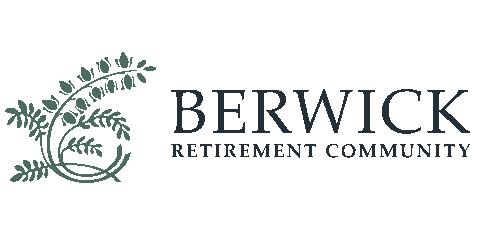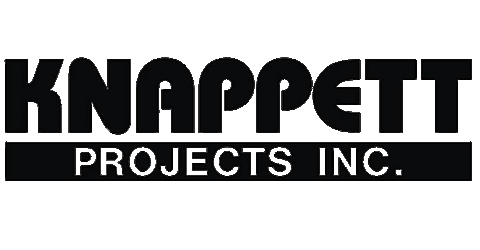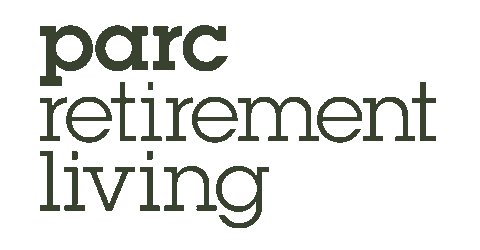BC Builds program targets middle-income homes
It’s too soon to know all the details of BC Builds, which the province says will leverage land owned by government, municipalities or non-profits along with $2 billion in low-cost financing and a commitment of $950 million for the overall program.
The Chamber has called on all levels of government to look at solutions used in other jurisdictions around the world, including Vienna, Austria. BC Builds appears to do just that — though some municipal leaders are already pointing out gaps in infrastructure that need to be addressed.
The executive lead for BC Builds, former Victoria mayor Lisa Helps, told Business in Vancouver the program will allow construction to continue on rental homes at a time it is being slowed by other forces.
“BC Builds is not an affordable housing program, it’s not supportive housing, it’s not subsidized housing. It’s really meant to close the gap above where BC Housing programs end and where we … start to really see a slowdown in rental development if there isn’t an intervention,” Helps said.
BC Builds at a glance:
> At least 20% of all BC Builds homes will have rents at least 20% below market rate for projects in partnership with non-profits and First Nations.
> All BC Builds units have a target of middle-income households spending no more than approximately 30% of their income on rent.
> The rents for BC Builds will not exceed market rent for that community, and will in many cases be below.
> All households living in BC Builds homes are income tested at move-in.
> The income levels vary by community, so homes are within reach for that community’s middle-income households.
> BC Builds projects aim to deliver more two-, three- and four-bedroom homes, as many as possible with below-market rents.
> Projects owned and operated by non-profit providers mean rents will remain low over time, creating more affordability.






















